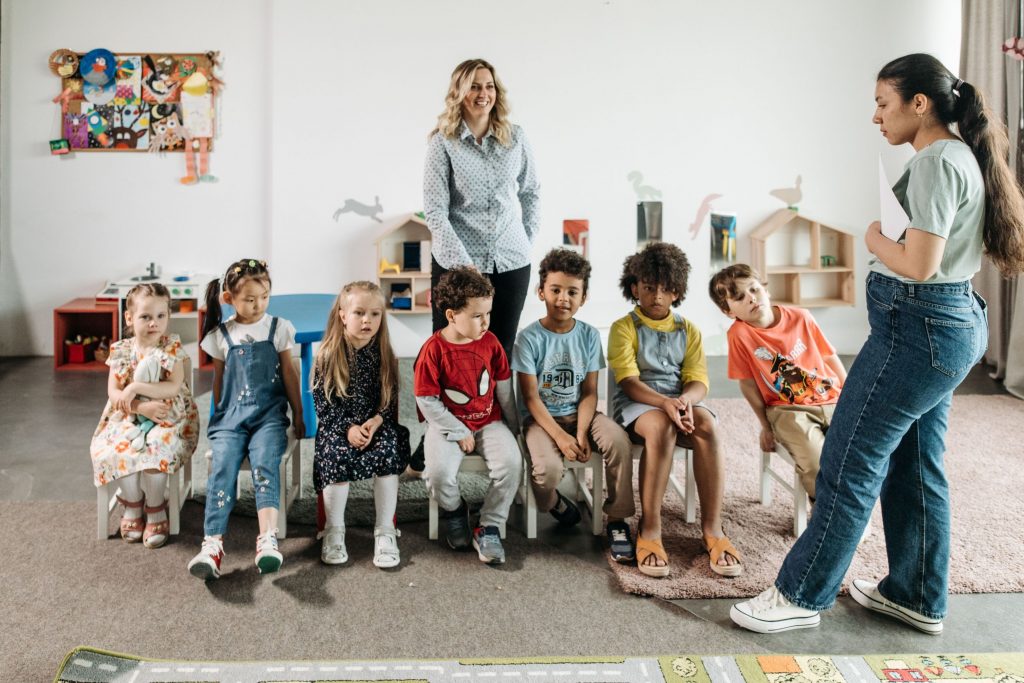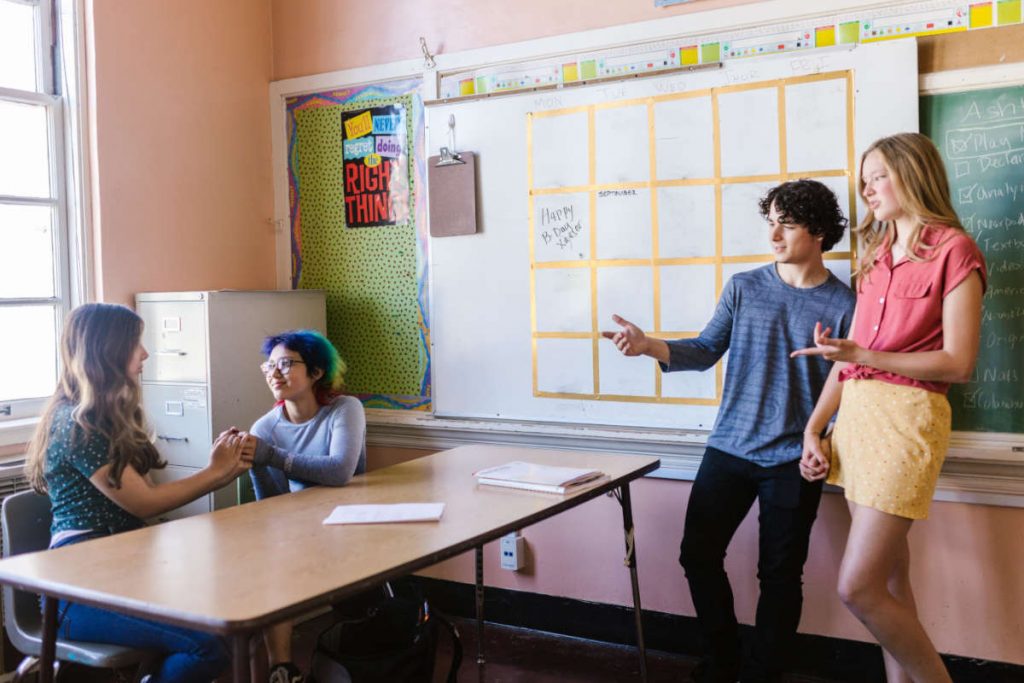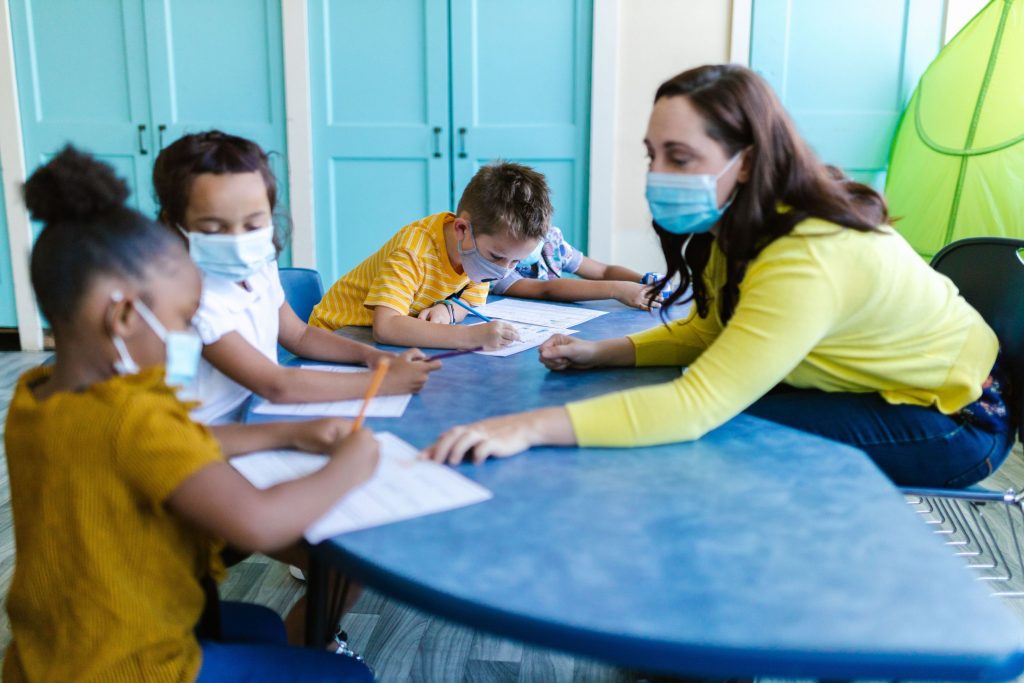Building Culturally Responsible Schools

With the advent of globalisation, students today are growing up in more culturally diverse learning environments than ever before. They can also expect to enter an equally diverse workforce upon graduation. Indeed, most major employers across the globe now deem it essential for their employees to interact and work comfortably with clients and colleagues from various cultural backgrounds.
In light of these realities, modern schools must embrace cultural diversity in their admission and teaching practices. More than that, however, schools should actively be equipping their students with the skills and knowledge necessary to navigate socioeconomic, racial, and ethnic diversity in their communities.
From traditional primary and secondary schools to adult leadership coaching programmes and other training centres, educational institutions should prioritise creating a culturally responsible and sensitive learning environment. The following steps, in particular, are essential to building a culturally responsible school:
Hire Culturally Responsive Personnel
School leaders aiming to build a culturally proficient institution must perform the critical self-reflection necessary. Administrators cannot, after all, effectively inculcate culturally responsive attitudes in their teachers and staff if they don’t have a nuanced understanding of complex identities and how they form. This knowledge will help school leaders craft culturally responsible policies and hire the right staff to implement them.
When it comes to choosing culturally responsive teachers, administrators should look for socio-politically conscious individuals who take the responsibilities of education seriously. They should be committed to forwarding educational change, even if it necessitates a departure from traditional teaching practices. Teachers should have positive dispositions toward and experience working with students from culturally diverse backgrounds.
Administrator responsibilities don’t just stop at hiring the best faculty and staff. The onus is on them to encourage staff to employ culturally responsive pedagogical and classroom management techniques. It means providing all staff members with the training necessary to implement these techniques in their classrooms and ways to encourage faculty accountability.
Revisit Curricula and Pedagogy
Establishing learning spaces and offering lessons that enable students to grow in cultural awareness and responsibility should naturally be major priorities when building a culturally responsive school. To these ends, administrators and teachers should be prepared to reevaluate, alter, and at times overhaul their teaching practices and curricula in line with the needs of the times.
In selecting cultural course content, for example, teachers should assign reading materials written from various perspectives that reflect the diversity of writers and researchers working in a particular field of study. Teachers must also be conscious that the reading materials and other forms of content they utilise in class don’t reflect prejudicial attitudes or reinforce harmful stereotypes. When creating activities to do in the classroom, teachers should be mindful of the impact these activities could have on students before requiring them.
All teachers should likewise strive to employ inclusive pedagogy. When designing teaching and learning strategies, students’ diverse needs, capacities, and skills must be front of mind. Teachers should be ready to utilise various learning techniques, including class discussions, presentations, group projects, debates, and others. They should also be prepared to adjust their teaching approaches to account for and support students requiring special attention. At the end of each lesson, students should have opportunities to reflect on what they have learned – their strengths and weaknesses, and how they might apply what they’ve learned to their own lives.
Lastly, teachers should use a variety of assessment activities to evaluate and measure student learning. Students must have multiple and different opportunities to demonstrate the skills and knowledge they acquire in their classes, including traditional testing, quizzes, class discussion responses, homework, and other methods. A varied array of assessments better accommodates differences in pace, skillset, and learning style than simply imposing midterm exams and a final exam. At every juncture, teachers should communicate the objectives and purposes of assignments.
Connect with Communities and Families
Culturally responsive schools prepare students to engage with the broader world beyond the classroom. In light of this, it only makes sense for students’ families and communities to participate and contribute actively to their academic lives. A student’s parents, for example, can engage actively with what their child is learning at school in many different ways. These include helping their children with their assignments, volunteering or participating in community activities, studying advanced material together, and many more.
Teachers should also make it a point to communicate with students’ families in the event of disciplinary issues and when students are performing well. Once teachers can establish a warm, open, and mutually supportive rapport with the family, they’ll have many fruitful opportunities to learn more about their students’ backgrounds and life experiences.
Cultural diversity is poised to become more of a priority area in education than it has ever been in the past. Teachers and school leaders must thus develop and implement more culturally responsible and inclusive practices to better serve the needs of all students, without exceptions.
Want to learn more about global culture exploration? Send me a message now and let’s talk about its other wonders!




